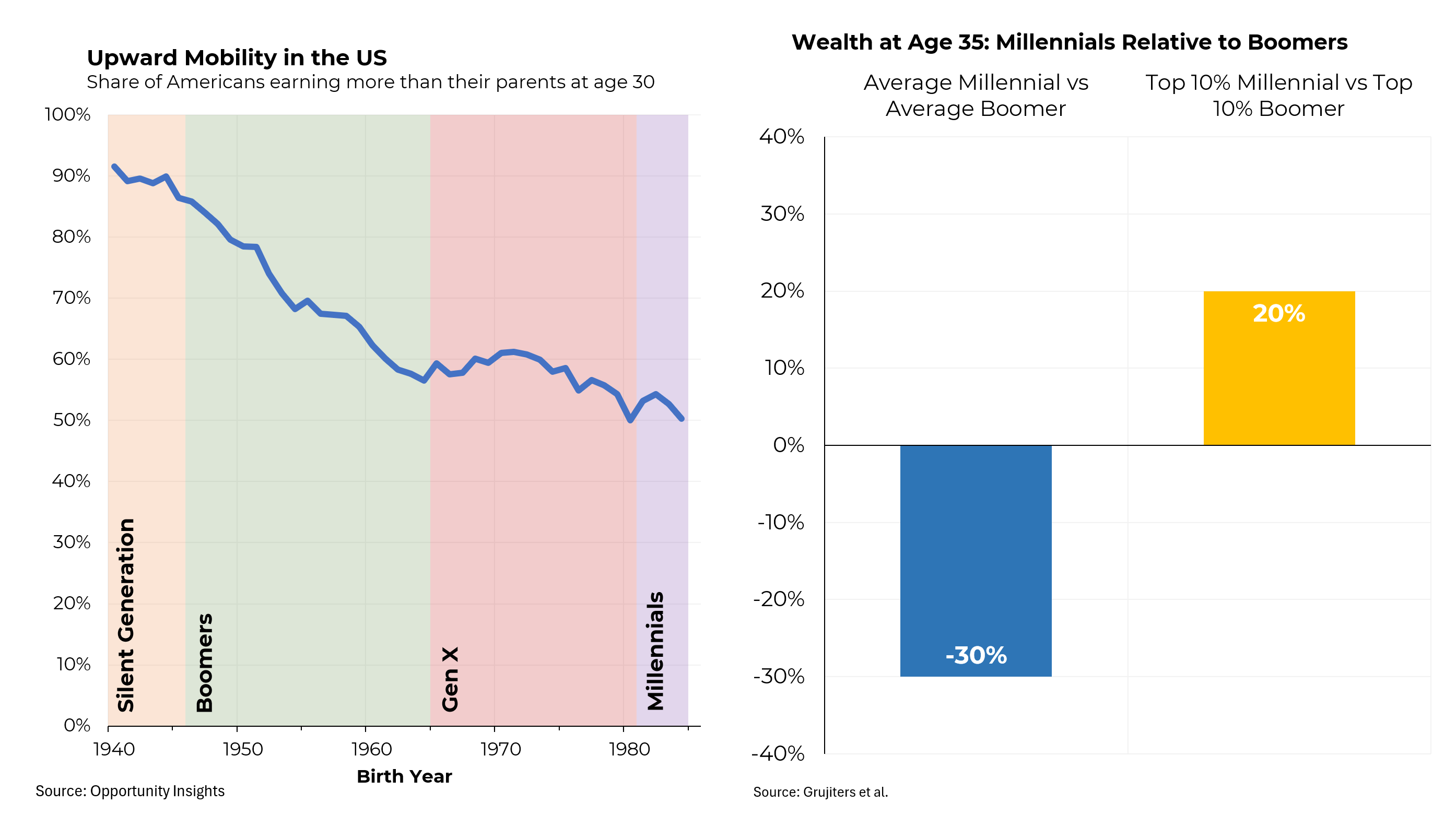The terrorist attacks in Brussels have brought new attention to the relationships between Muslims and the western world and particularly, the differences between the United States and Europe in that regard. Below are three charts that explain this. For the Morning Joe clip, click here.
The most important difference is that Muslims represent a much smaller percentage of the population in the United States than they do in Europe — just 1% of Americans are Muslim, compared to nearly 6% in Belgium and about 7.5% in France. The other important difference is that Muslims in the United States are not dominated by a single sect or ethnicity but originate from 77 different countries all over the world. By contrast, Muslims in most western European countries consist of one or two dominant groups: Algerians in France, Moroccans and Turks in Holland and so forth. This difference has helped Muslims in America become more integrated in the broader society than they have in Europe, where they are often ghettoized.
Another difference is that Muslims in America have been highly successful. Nearly 6,000 serve in the US military. As Commissioner Bratton said Tuesday, 900 serve in the NYPD. Muslims are the second most educated religious group, after Jews, and 10% of American physicians are Muslim. And they report household incomes of $100,000 or more almost as often as other Americans.
That makes it all the more surprising that there is so much anti-Muslim sentiment in the United States. A large majority of Republicans and a smaller majority of political independents believe that Islam is incompatible with American life. And almost half of all Democrats agree with that sentiment. That feeling has helped fuel Donald Trump’s successes in the primaries: about two-thirds of Republican voters in the four major March 15 primaries agree with Donald Trump’s position that Muslims should be banned from entering the United States.








